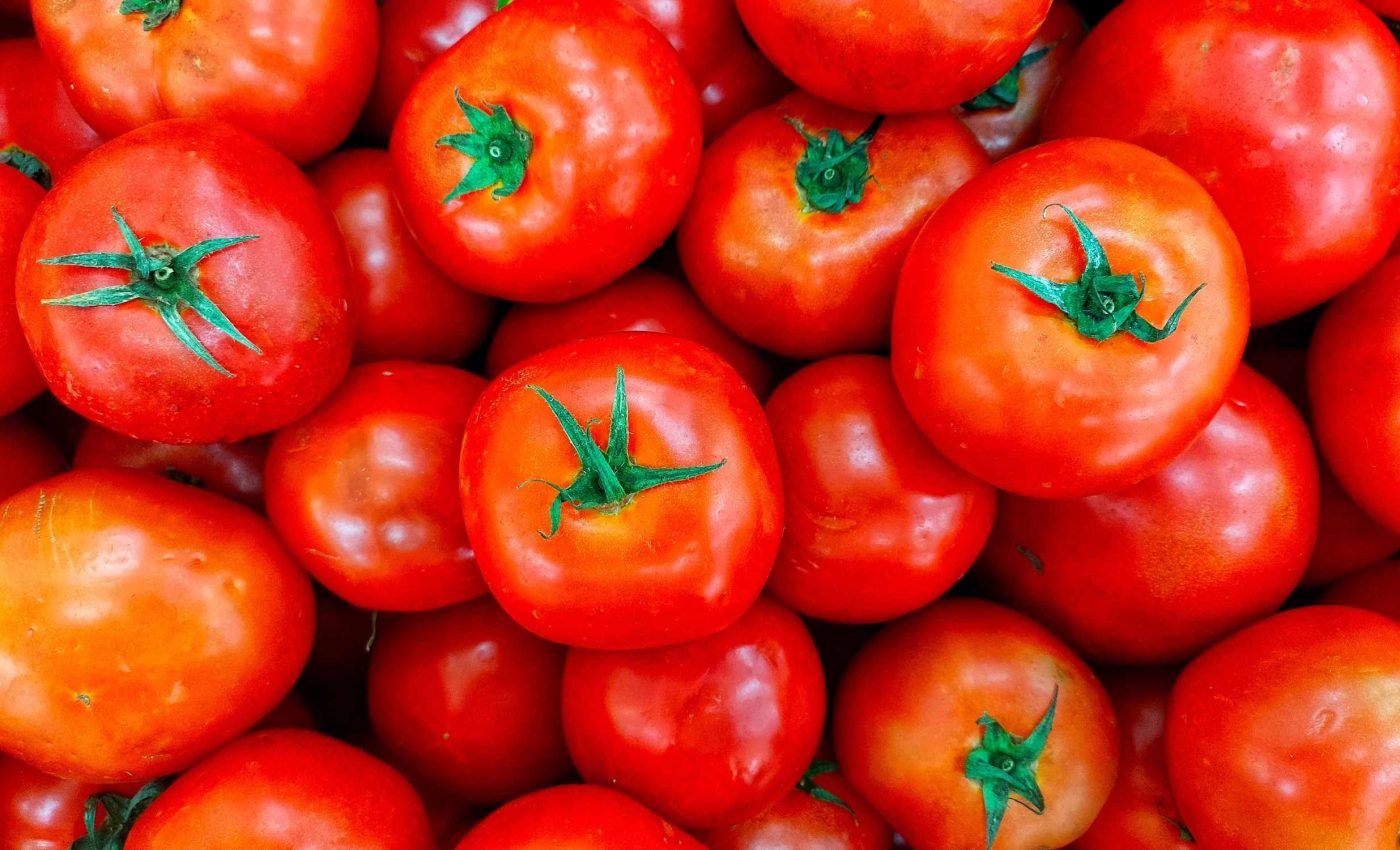
The Italian secret to sweeter tomatoes and higher-yield plants that produce more fruits
Industrial tomato plants, grown for their juicy fruits used in sauce and paste, face a hard new normal in northern Italy. Summers run hotter, rain arrives at the wrong time, and water is under pressure almost everywhere.
“Currently, agriculture accounts for 70 percent of global freshwater withdrawals, and more than 90 percent of its consumptive use,” stated the Food and Agriculture Organization (FAO) of the United Nations.
A new field study from the Po Valley tested a simple irrigation tweak that saved water while keeping yields steady and improving fruit quality.
The work compared full-season irrigation with regulated deficit irrigation in 2019 near Parma and in 2022 near Piacenza, and the authors reported less water use, stable tonnage, and better processing traits.
Regulated deficit irrigation
Evapotranspiration is the combined water loss from plant leaves and soil, and conventional irrigation tries to replace it exactly through the season.
Regulated deficit irrigation intentionally withholds part of that water during growth stages known to be less sensitive, which can rein in usage without hurting yield.
According to a recent study, deficit irrigation, defined as the application of water below full crop-water requirements, is an important tool to achieve the goal of reducing irrigation water use.
Tomato plant growth traits
The Italian trials gave plants normal water until the tomatoes hit the color break stage, then cut irrigation to 50 percent.
That single turn of the dial reduced seasonal irrigation volume by about one quarter while holding total and marketable yield steady, and it increased water productivity on a per gallon basis.
The same schedule also lifted two traits that matter to processors, Brix and dry matter, which both rise when fruit concentrates sugars and solids as ripening advances.
The method, while modest, lines up with a practical aim: produce the same crop with less water and send a denser load to the factory.
Why sweetness and solids improved
Processors care about soluble solids because more solids mean more paste per truck.
Extension researchers note that soluble solids, measured as degrees Brix, are directly tied to paste and sauce yield, and inspection stations grade loads on Brix alongside pH and color.
A mild late season water pullback often shifts plant metabolism toward fruit, which can nudge Brix upward and lower pH a touch, both friendly to canning.
The study’s quality index that blends price with solids rose accordingly, signaling a cleaner economic payoff at delivery.
Studying tomato plant health
The team did not guess about stress, they watched it from above. PlanetScope satellites, upgraded to eight spectral bands and near daily coverage by 2021, offer 3 meter imagery that can track crop vigor through the season.
They calculated several vegetation indices and looked two weeks before and after the irrigation cut.
NDVI, a common index that flags water stress in tomatoes across soil types, did not show a divergence between treatments, a sign that the reduced watering did not push plants into visible distress.
The takeaway is straightforward. Irrigate normally through fruit set and early sizing, then, at color break, shift to half of the usual replacement and keep that level through harvest.
That timing matters because early water stress can abort flowers or stunt small fruit, while late, controlled stress can concentrate solids without undercutting total tonnage. The Italian data back that timing choice across two soils and two contrasting seasons.
Economic and environmental angles
On the environmental side, using roughly one quarter less irrigation water immediately eases demand on canals and aquifers in dry months.
On the farm side, higher solids per load mean fewer gallons boiled off and more paste per hour through the evaporators.
Those gains show up twice, in the water ledger and the balance sheet, without extra equipment or software.
The approach fits drip systems already in place across processing tomato acres and asks only for a date on the calendar and a new setpoint on the controller.
Caveats worth noting
The trials did report a small uptick in certain defects, including more overripe and some blossom end rot, even though sunscald did not rise.
That pattern suggests managers should watch ripeness closely and plan harvest windows to match the faster finish.
Local soils, seasonal rain timing, and heat will shape responses, so the color break trigger is the anchor, not a rigid date.
Fields with lighter textures or hotter pockets might hit the threshold earlier, and blocks with heavier soils may stretch it a few days.
Tomato plants matter worldwide
Processing tomatoes are a pillar of food supply chains, from ketchup to pizza sauce, and the Po Valley ranks with California among the world’s top producing regions.
A method that saves water, keeps yields steady, and delivers denser fruit can help processors and growers share gains along the chain.
Add the larger water picture and the case strengthens. Every gallon not pumped leaves a little more slack for rivers, neighbors, and dry years ahead.
—–
The research team included Andrea Burato, Pasquale Campi, Alfonso Pentangelo, and Mario Parisi of the CREA Research Centre for Vegetable and Ornamental Crops and the CREA Research Centre for Agriculture and Environment, with collaboration from the University of Basilicata.
The study is published in Agronomy.
—–
Like what you read? Subscribe to our newsletter for engaging articles, exclusive content, and the latest updates.
Check us out on EarthSnap, a free app brought to you by Eric Ralls and Earth.com.
—–













